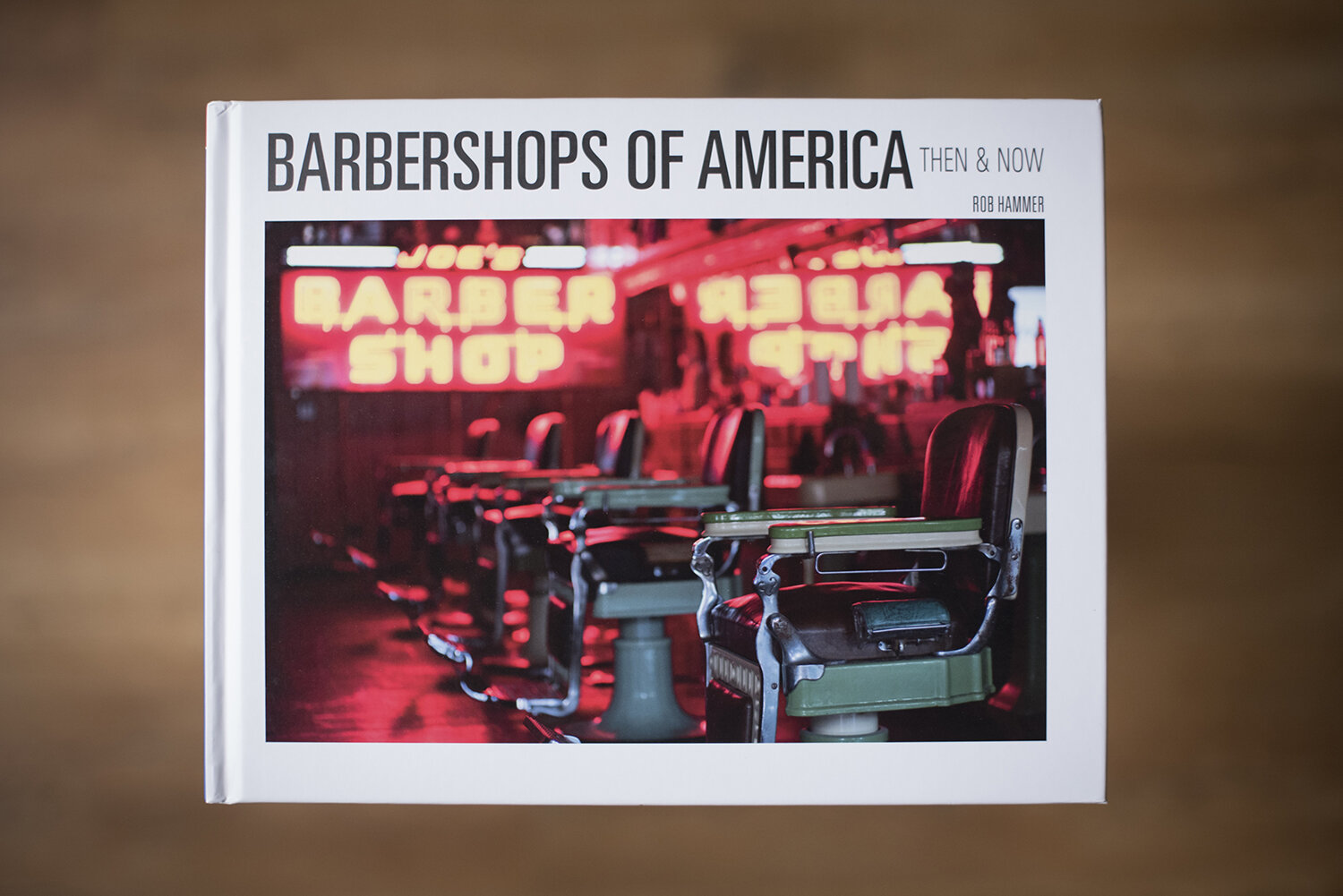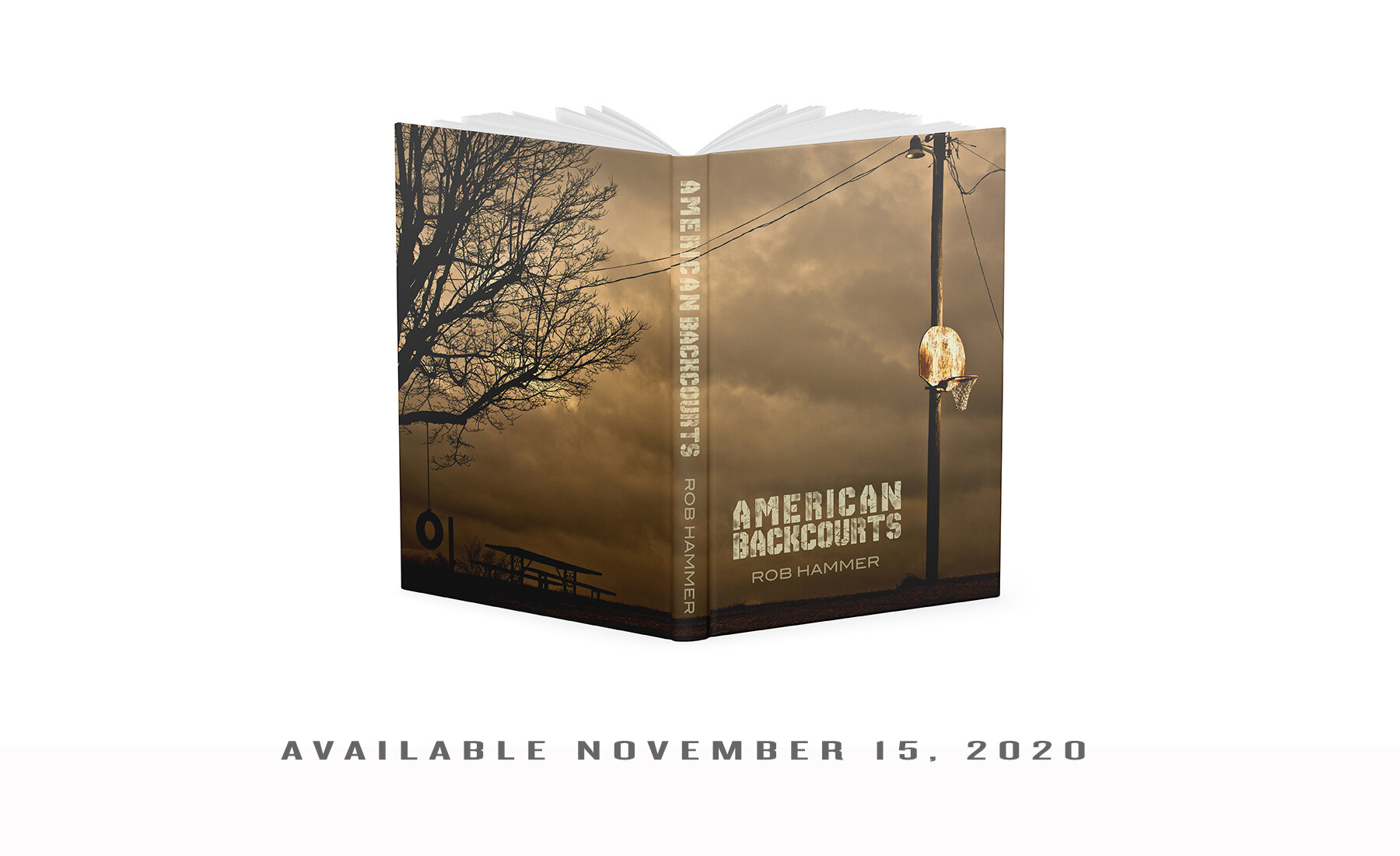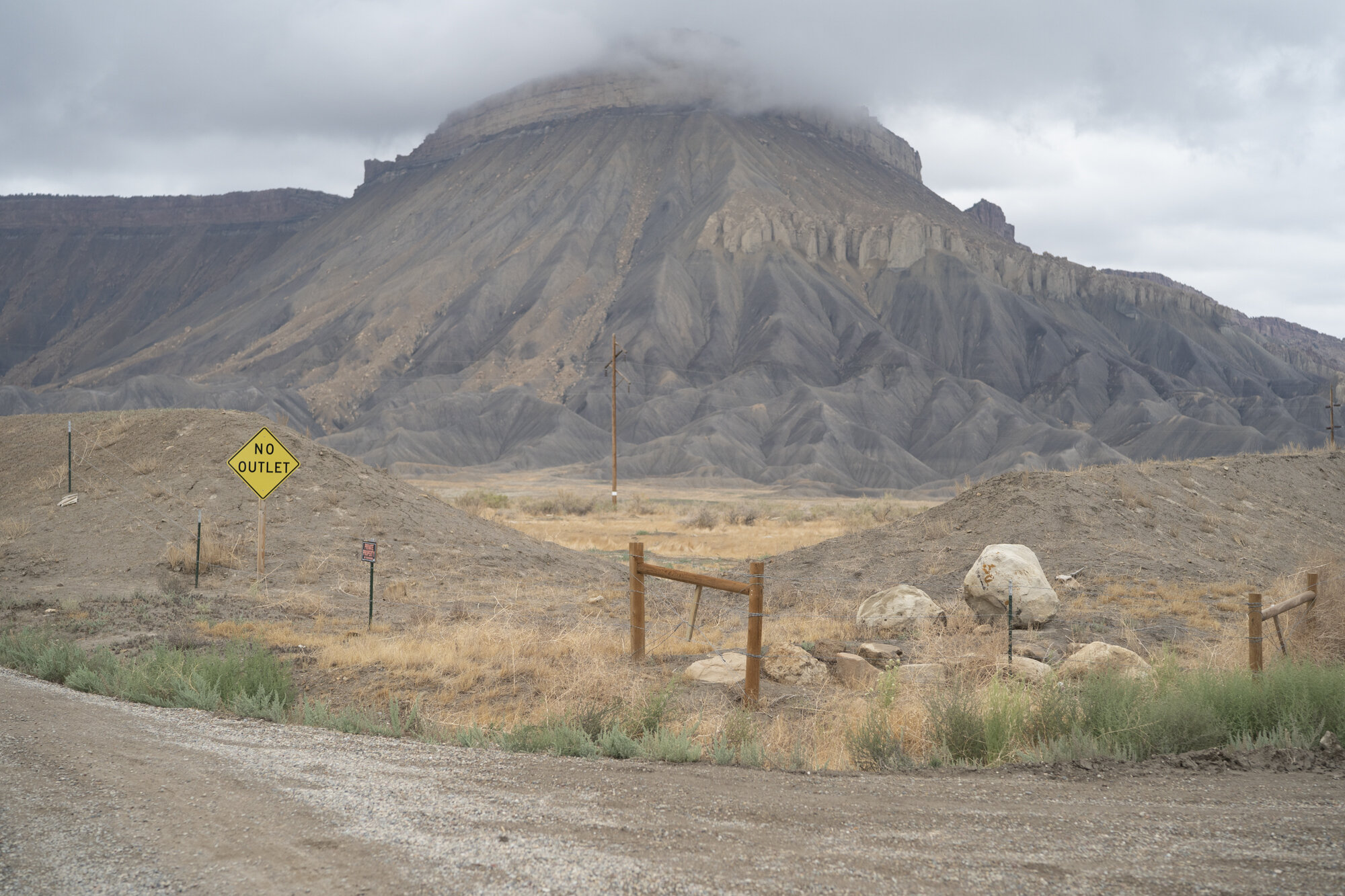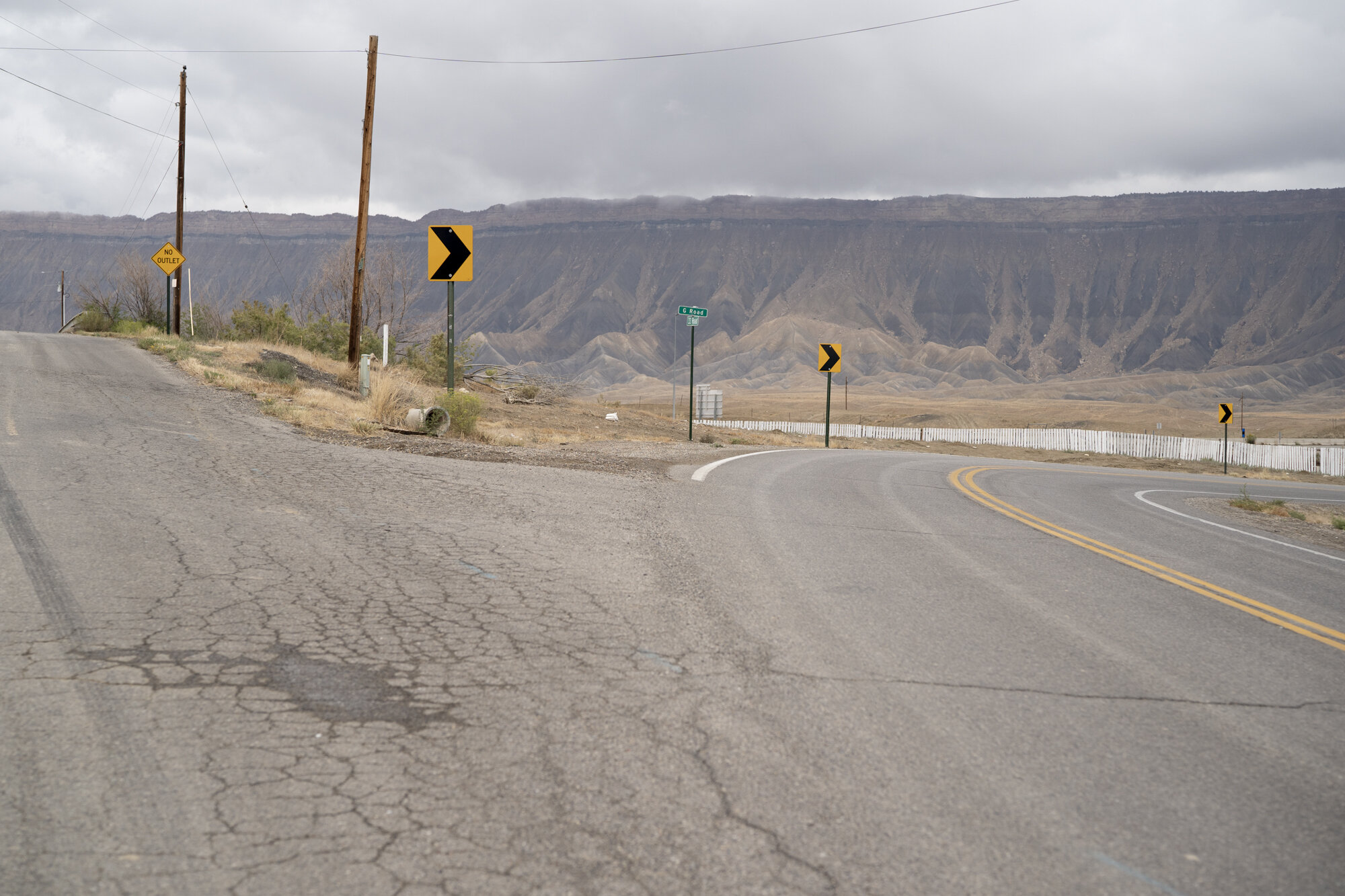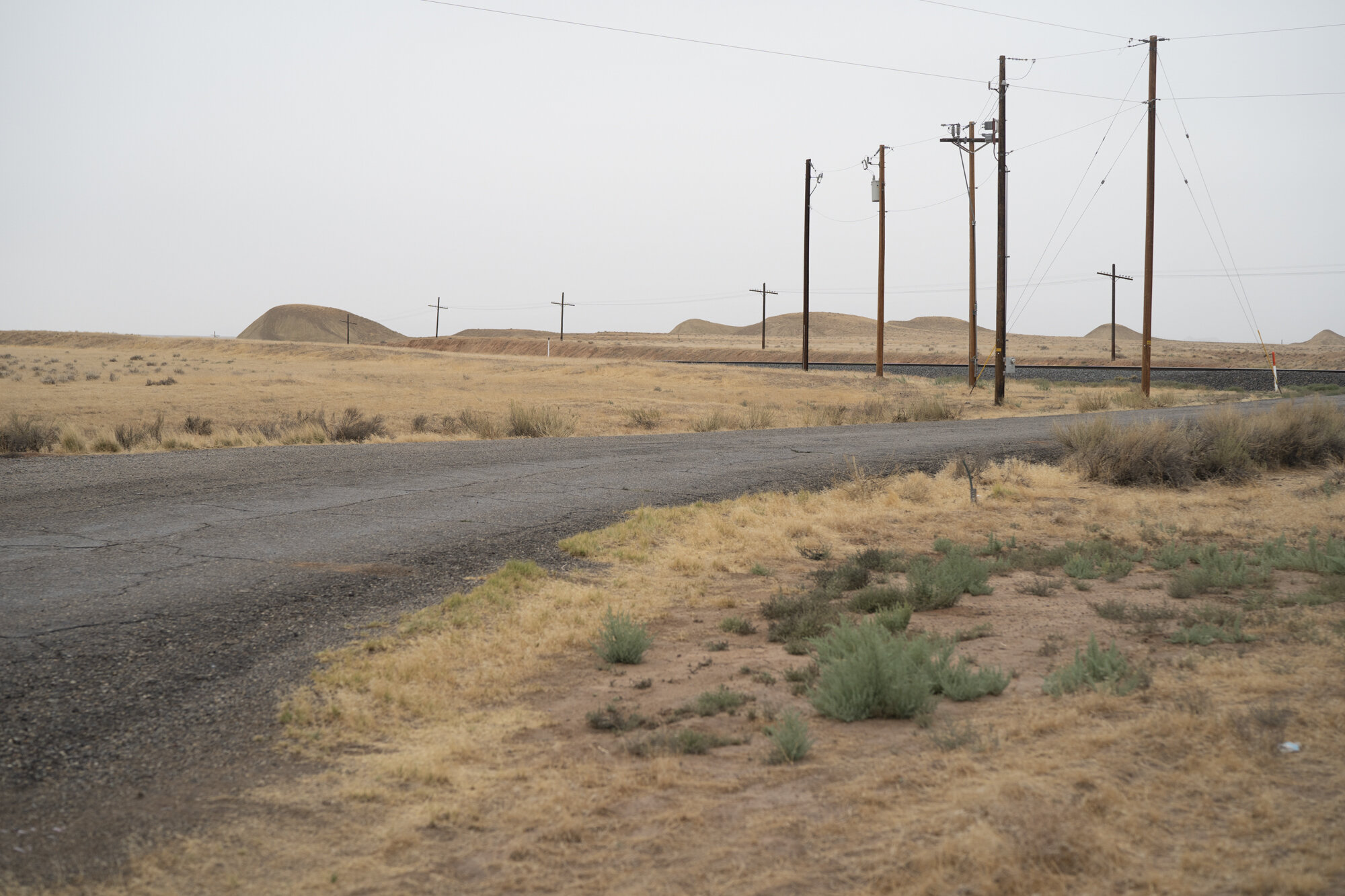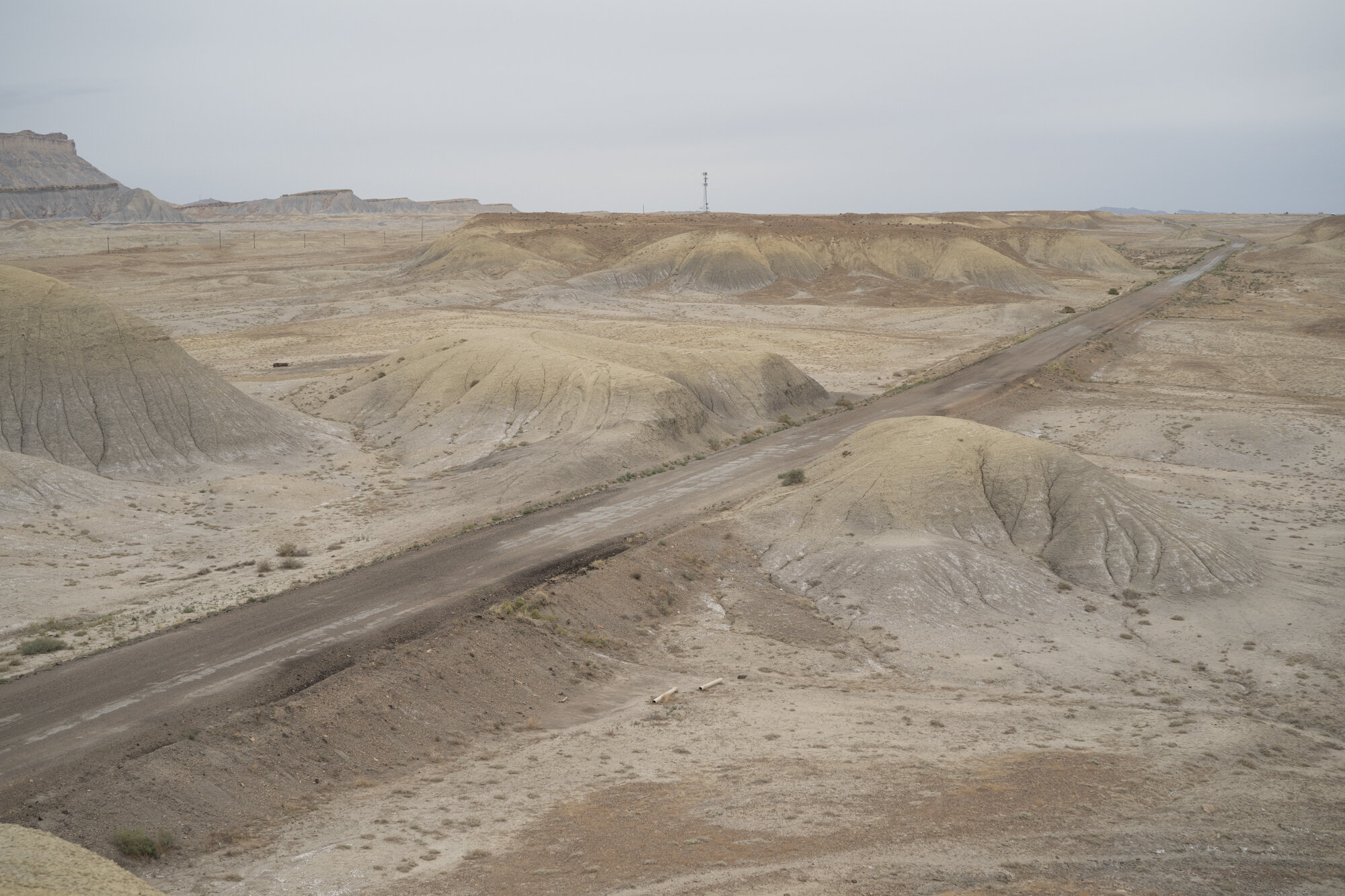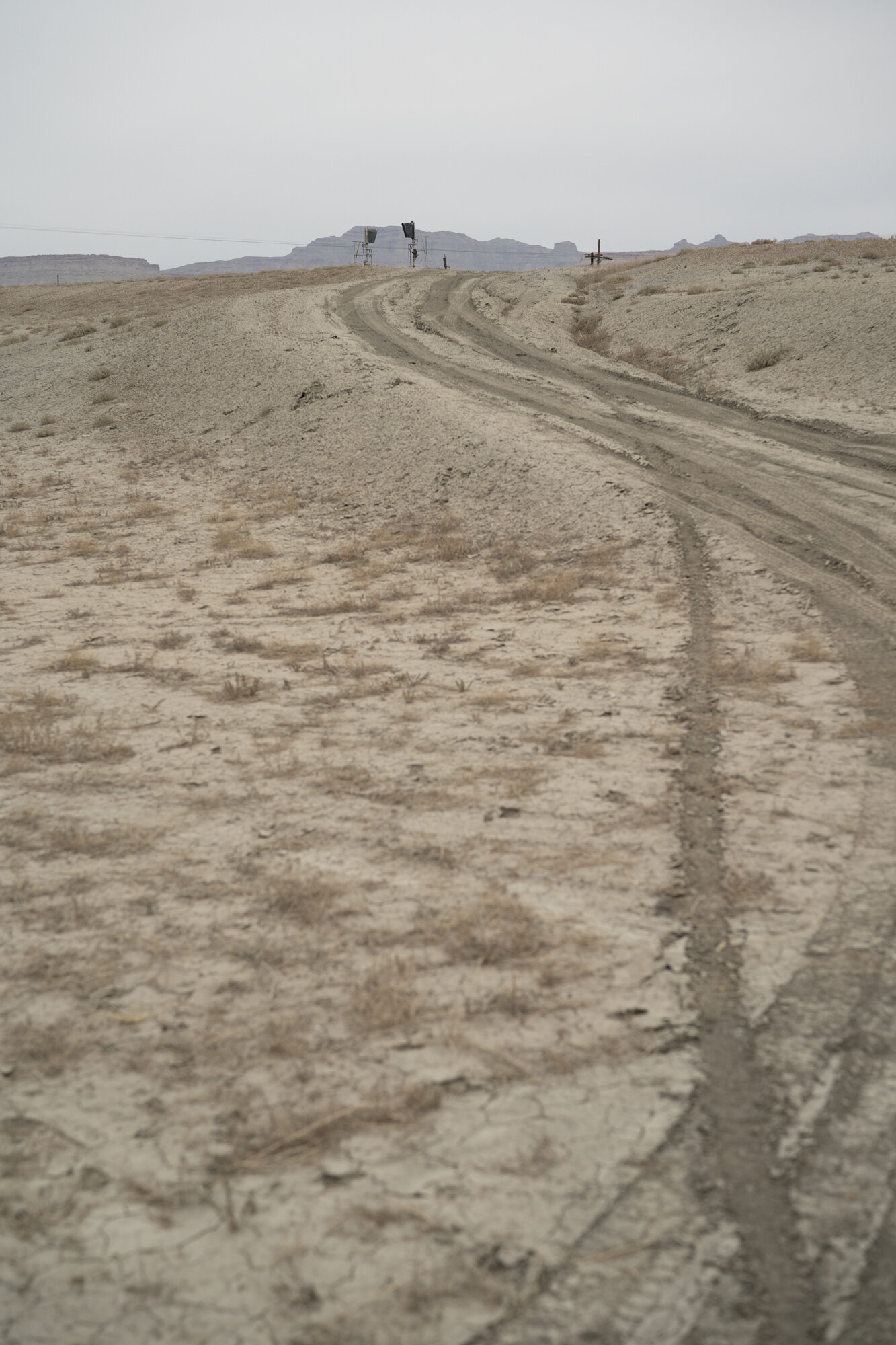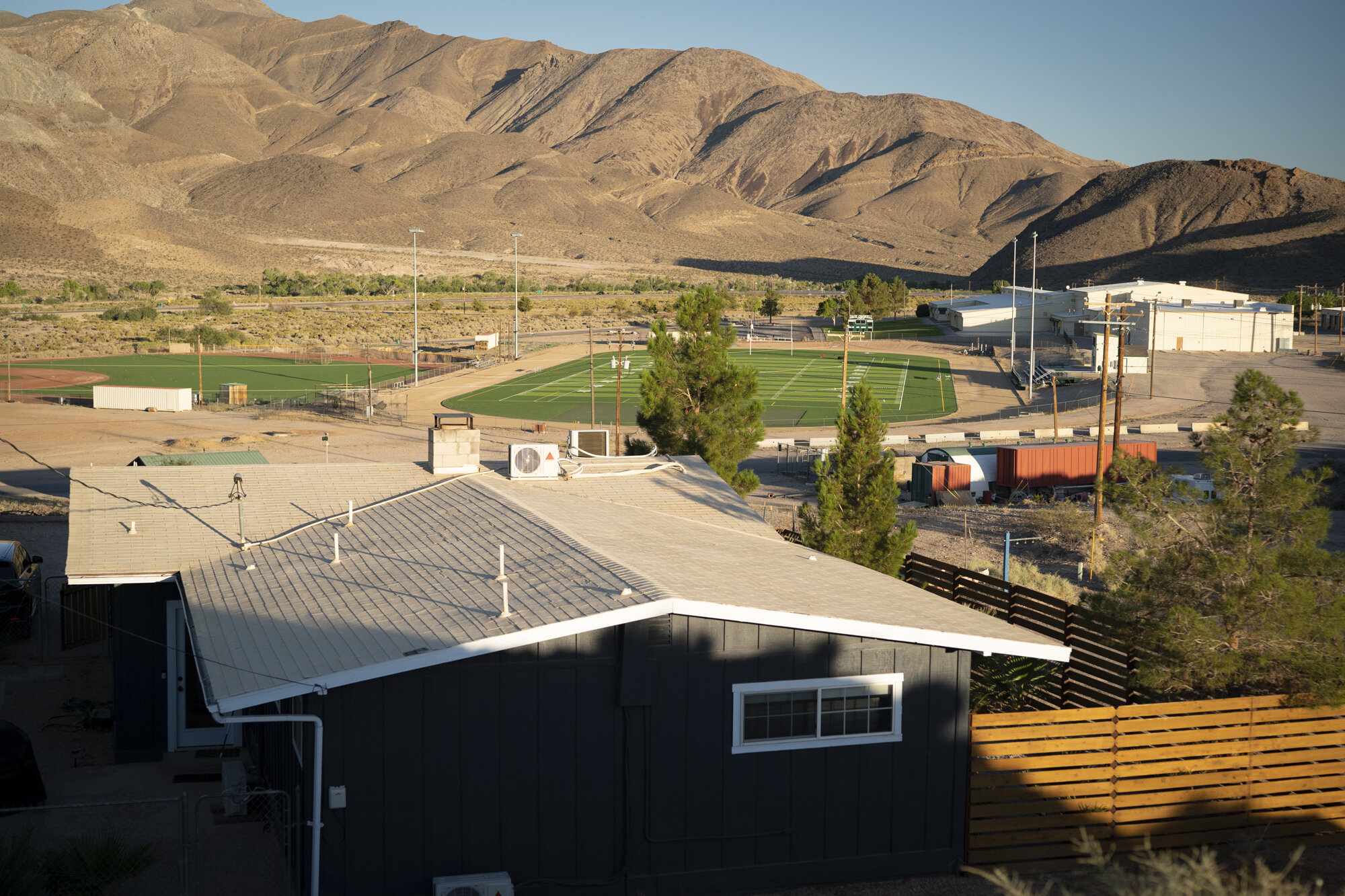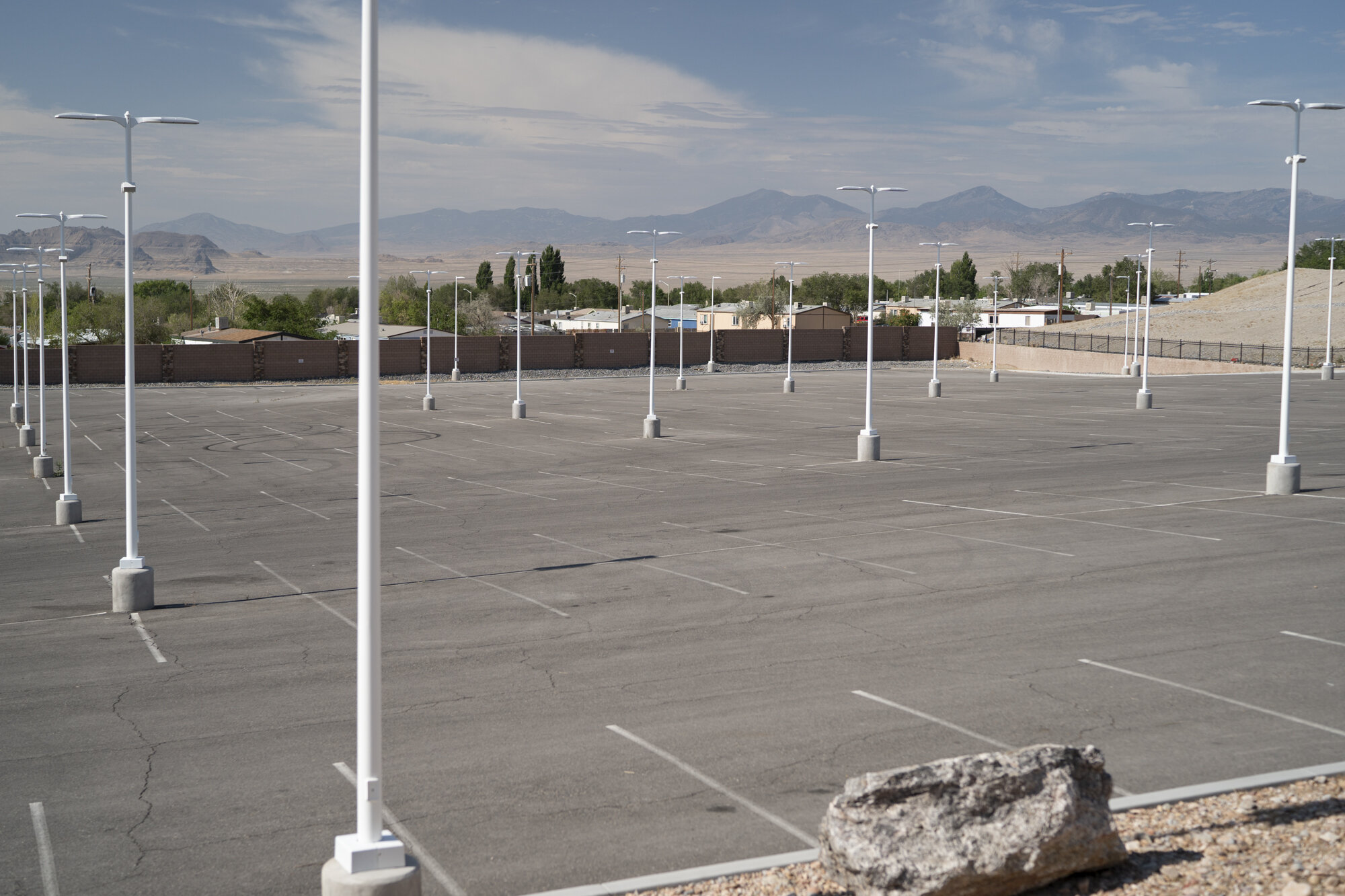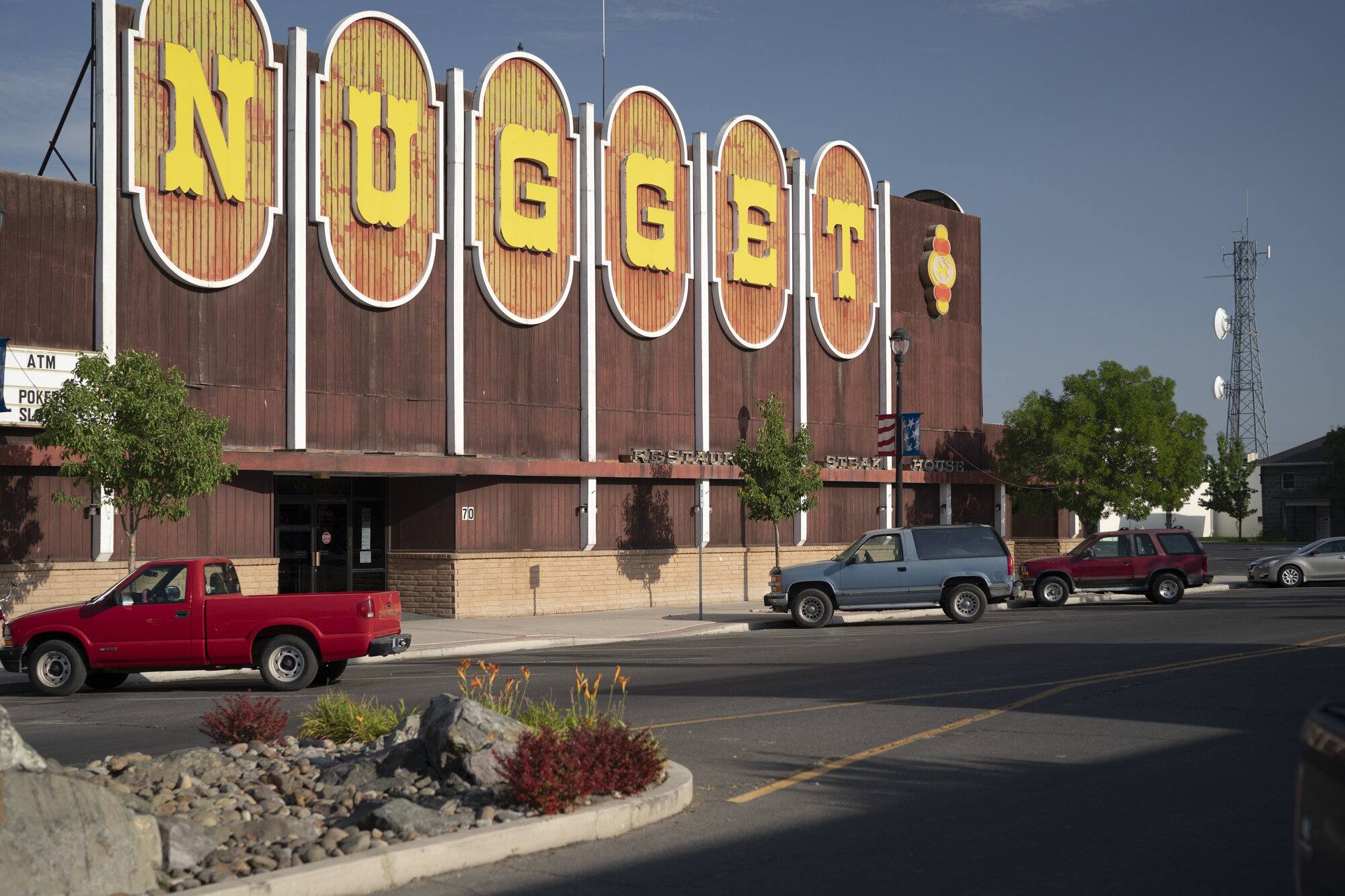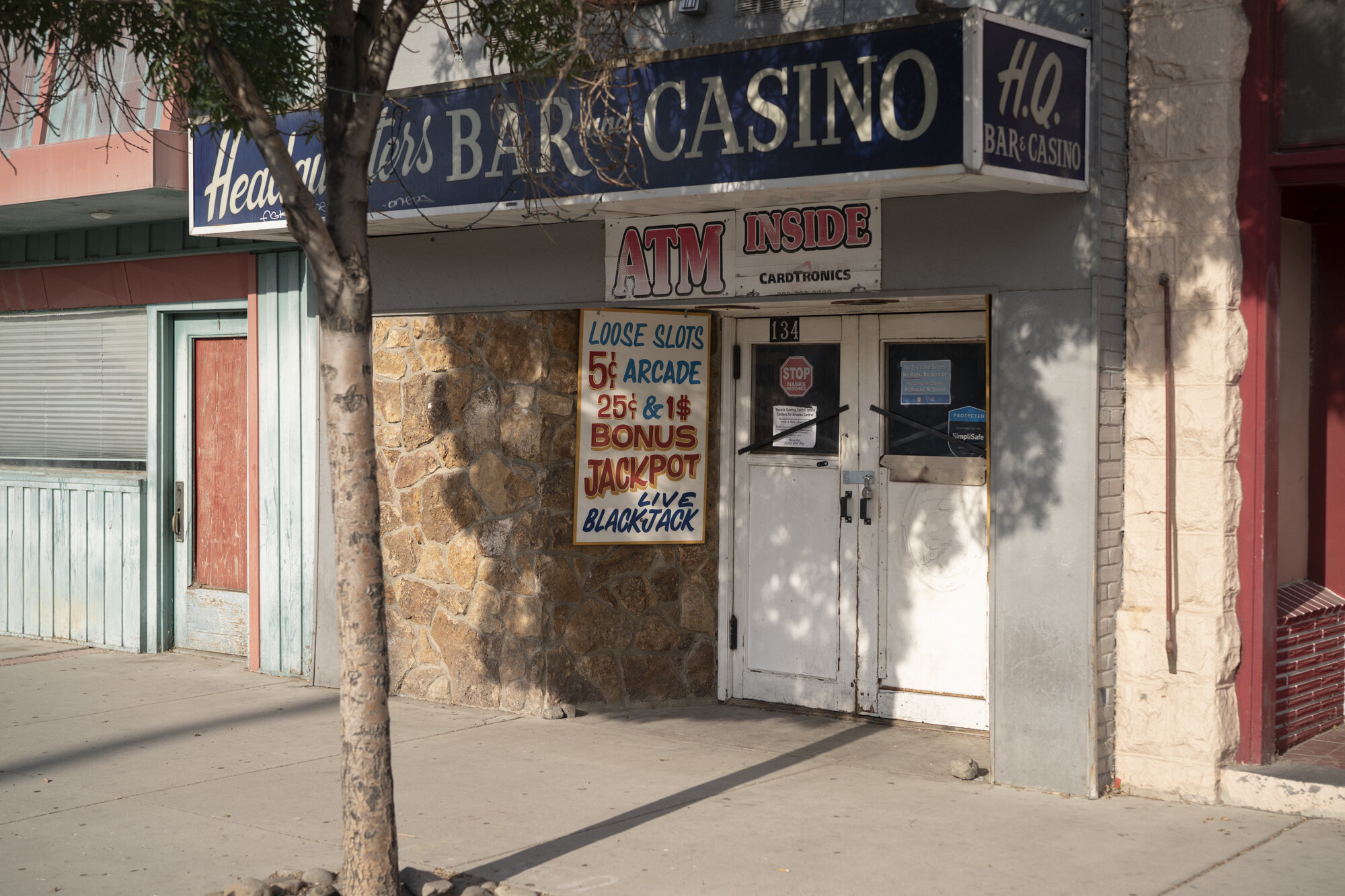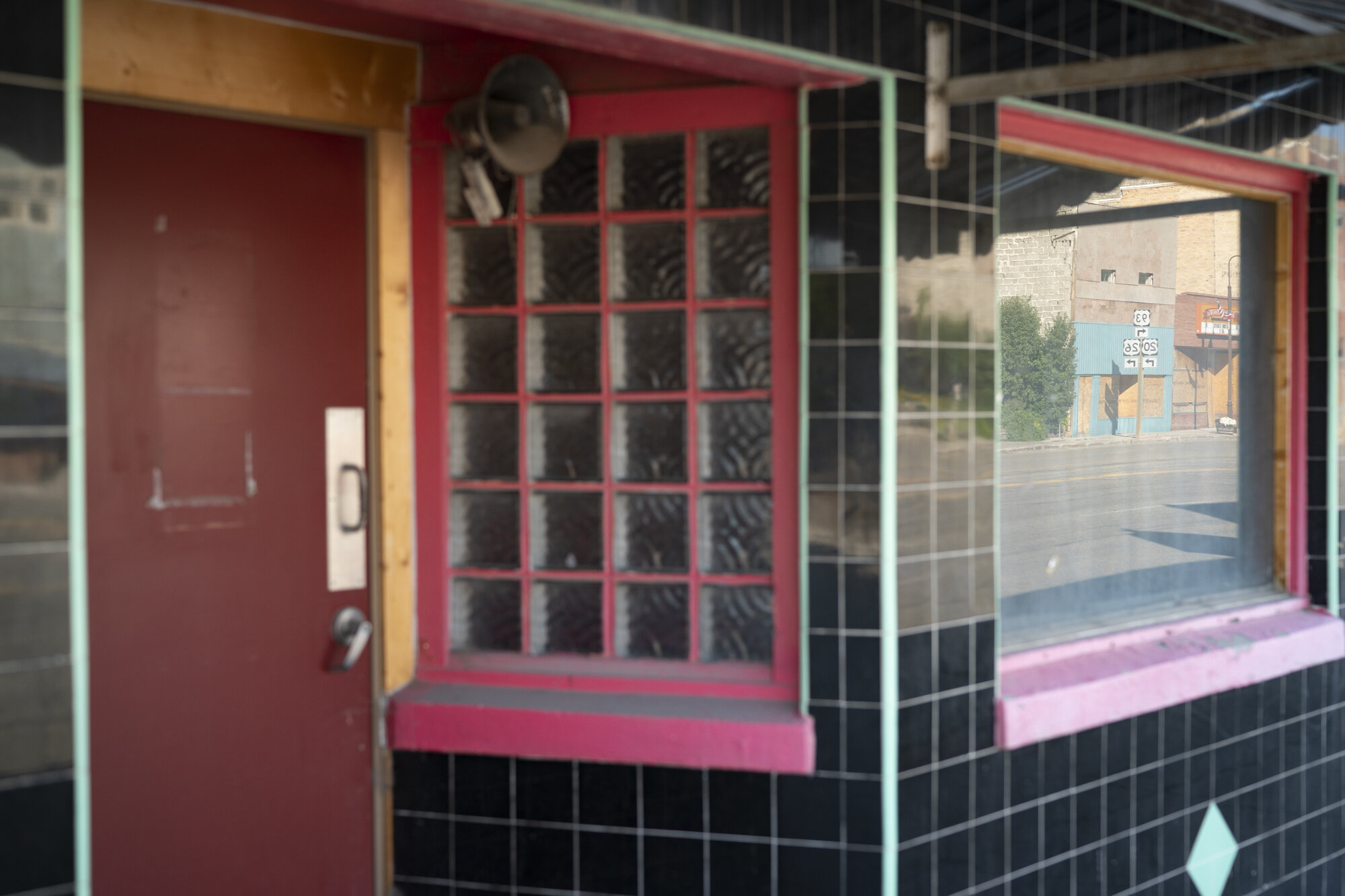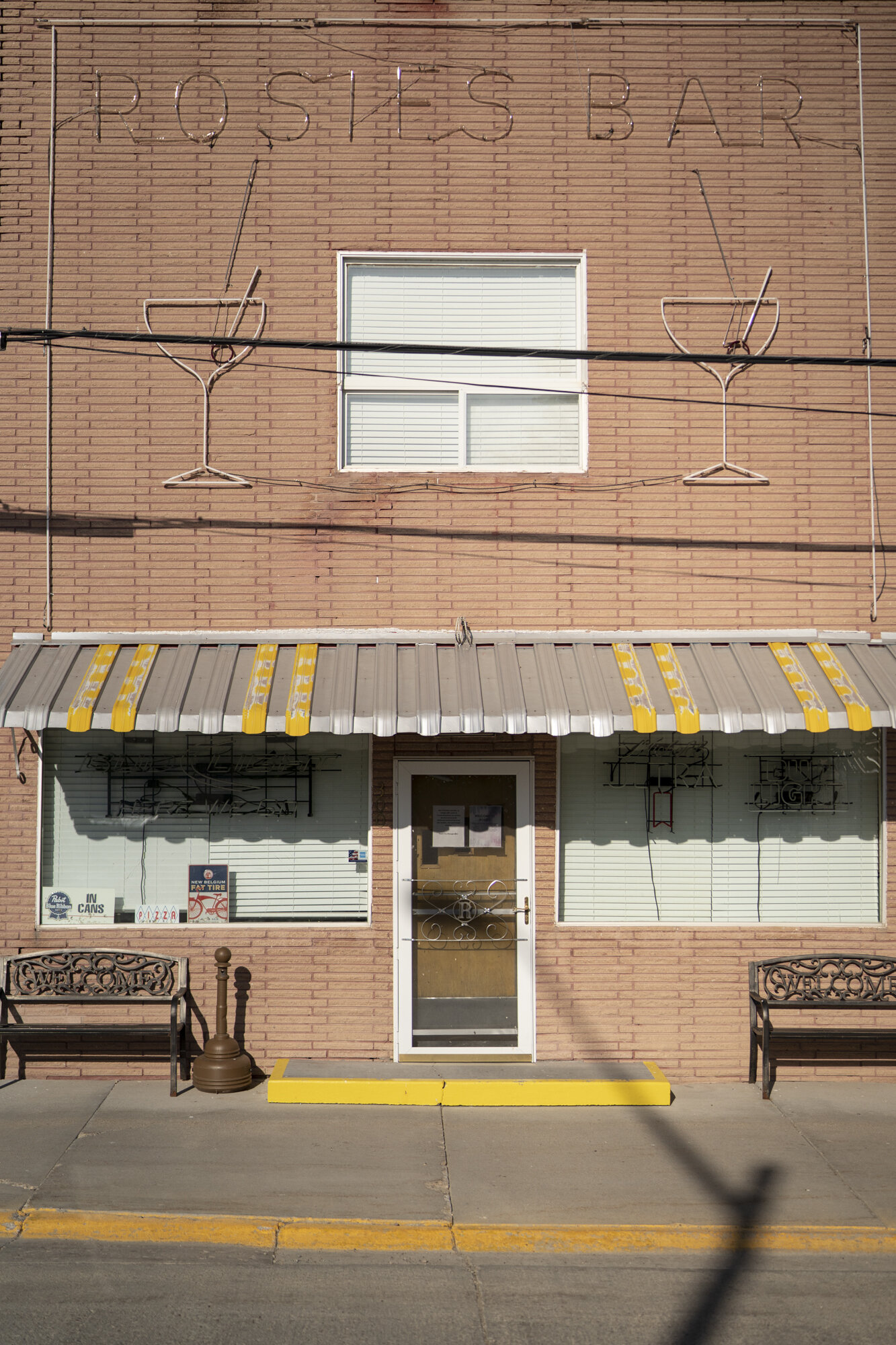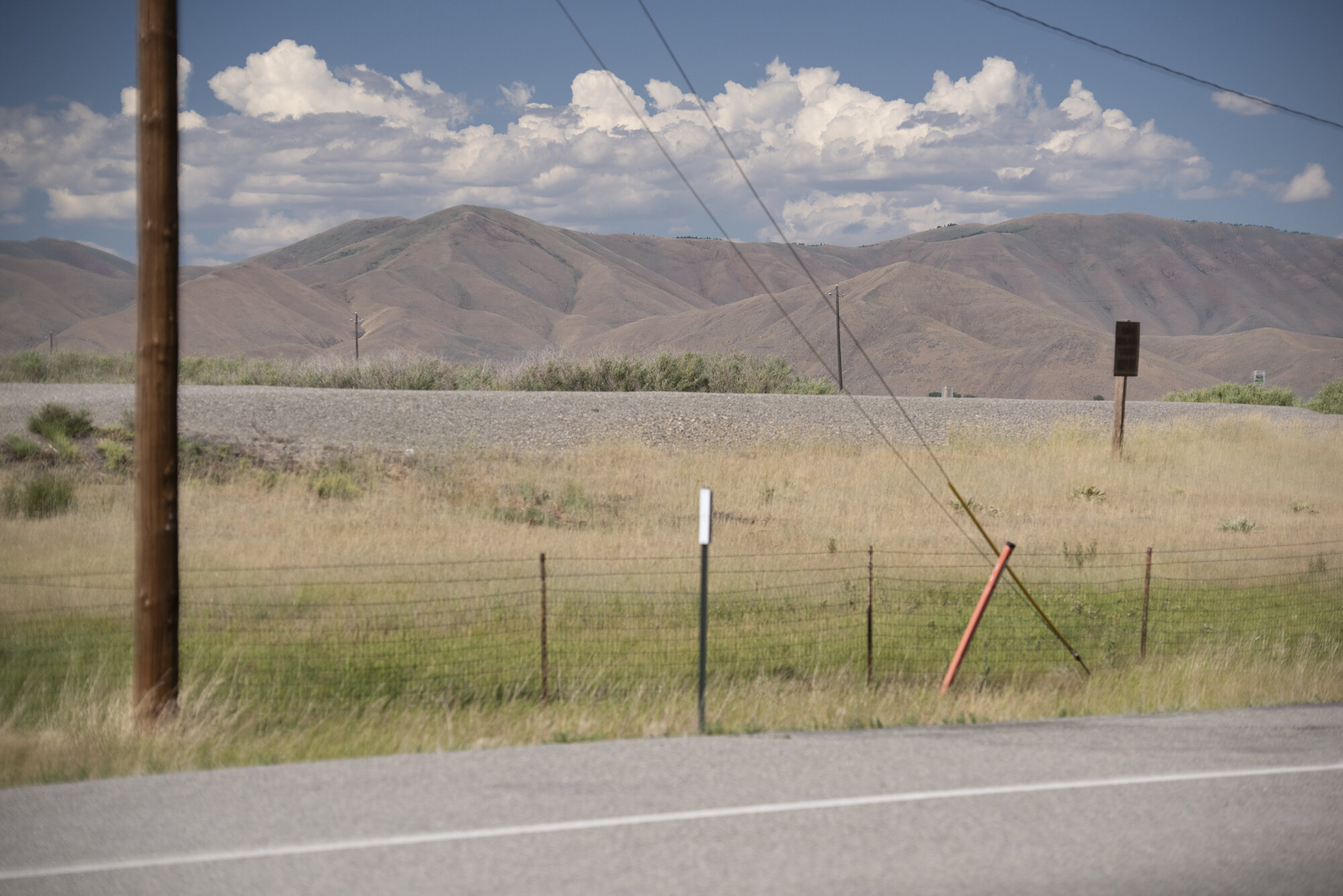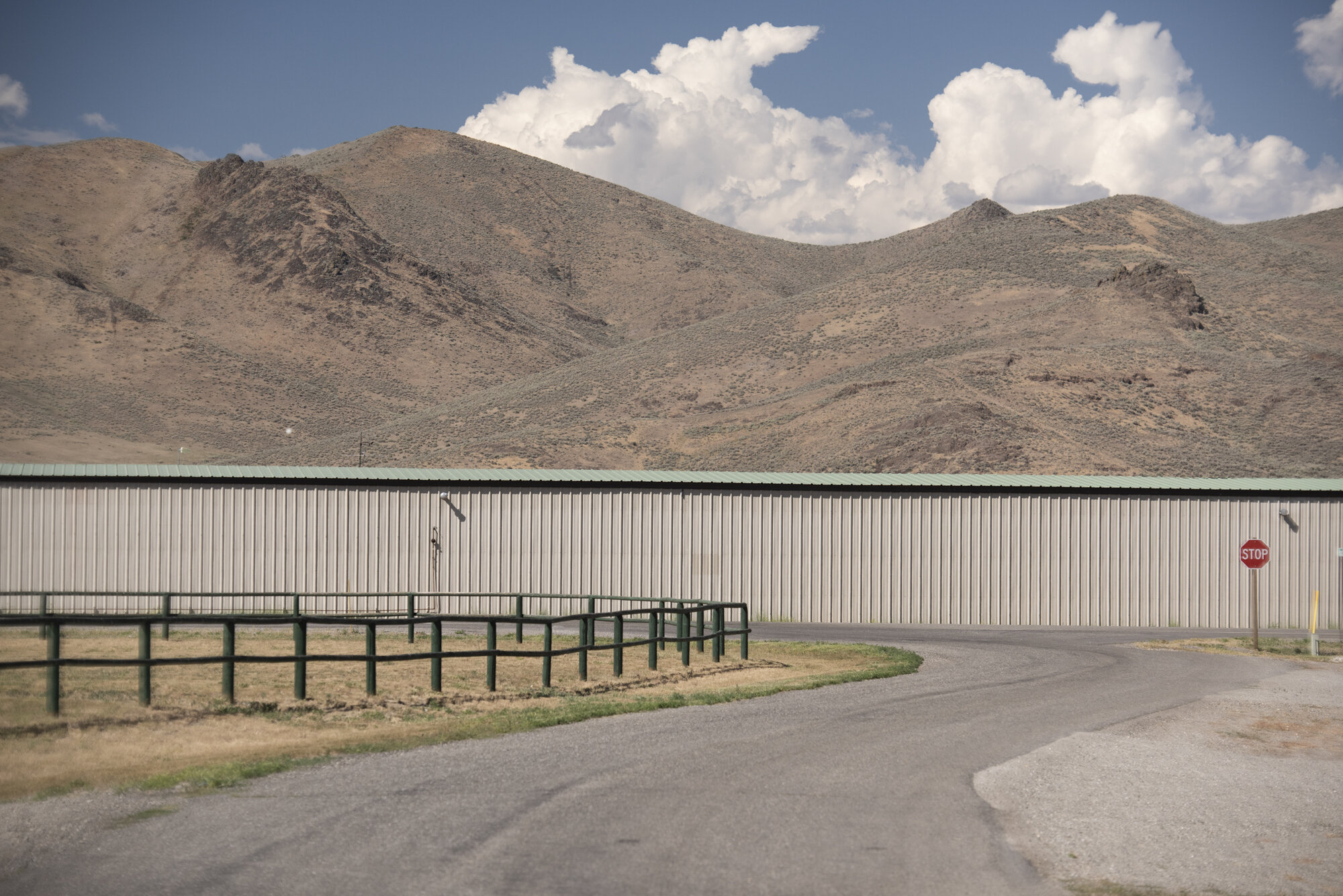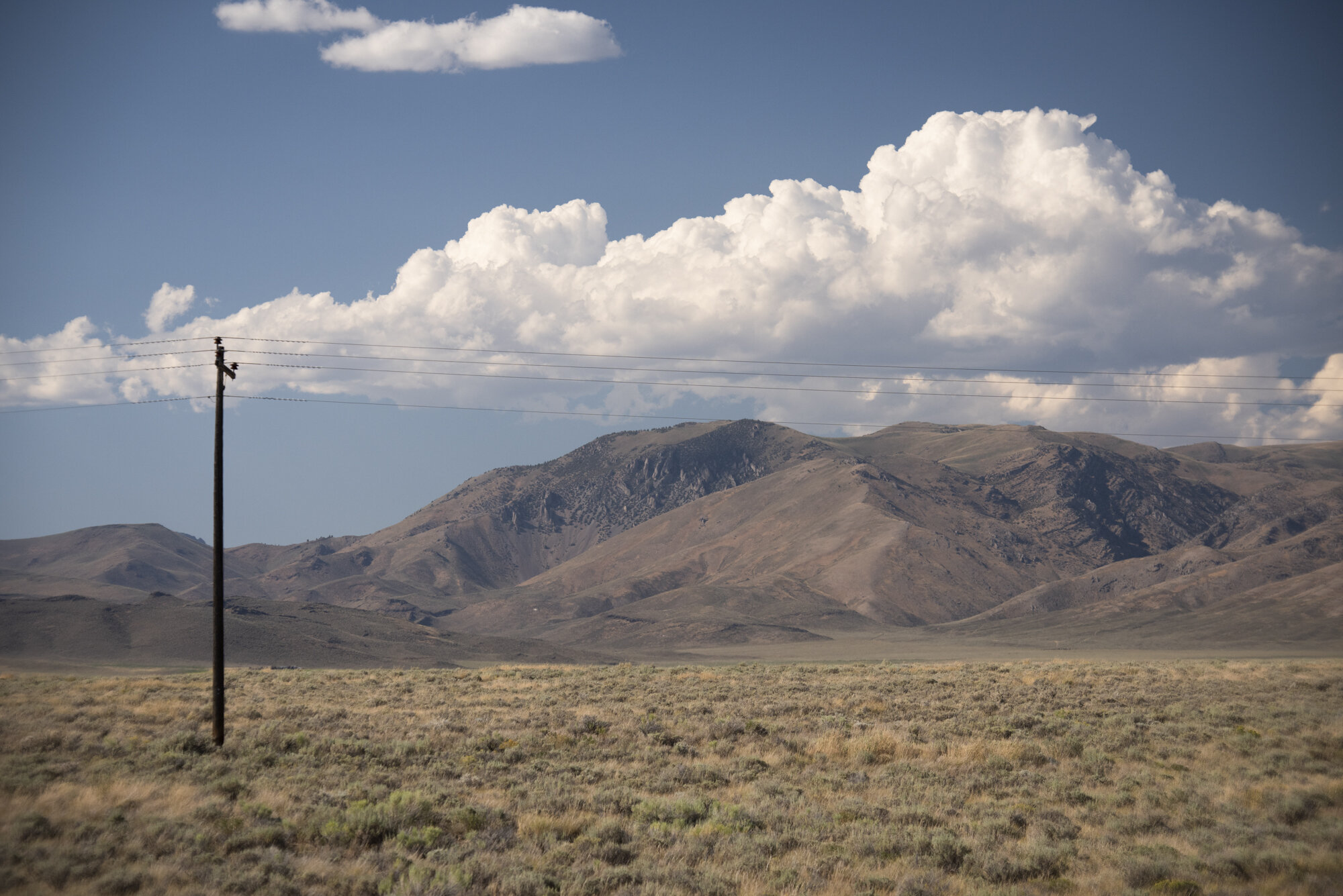Publishing Your First Photography Book
Why and How
Seems redundant to say that quarantine has been a trying time for everyone. My commercial business was shut down for 5 months straight. While stressful, it also became something I embraced because really, there’s nothing any of us could have done to change it. Commercial productions just weren’t possible, which isn’t an excuse to sit around and watch Netflix. For me it became a time to learn and soak up as much knowledge as possible, most notably on book publishing. I read a lot of books and blog posts, watched some videos, and attended a multiple online Zoom workshops. One thing that stood out from all of that was the question asking “why do you want to publish a book?” Everyone really seemed to emphasize that line. If you’ve followed what I do for any length of time, you know I’ve published a few books and have another one on the way. Then, why? After a lot of thinking I recognized how important that question and answer are for anyone wanting to publish a book of any kind. And I felt compelled to share exactly what my Why is as well as other thoughts crucial to the process. I’m a photographer, so my answers will be focused on that genre, but they apply to everyone. What I offer here are just my thoughts. In no way do I have book publishing or the photography world “figured out”. Nobody does or ever will. Like anything, it’s constantly changing, so all we can do is stay on top of it and help each other out along the way.
1) SO, WHY DO YOU WANT TO PUBLISH A BOOK?
I’ve spent countless hours inadvertently thinking about this one and the answer has become really clear - I believe in photography books. Every which way you can think of, I believe in them. There’s a very distinguishable line in my career that I credit all to photo books. It sounds dramatic, but I don’t mind saying that they changed my life. My collection has grown vigorously over the years, and if memory serves, the first one to alter my way of thinking and seeing is probably Uncommon Places by Stephen Shore. From there I went on to William Eggleston, who I’d say is one of my biggest influences. Then there was (in no particular order) William Albert Allard, Andy Anderson, Joel Sternfeld, Lee Friedlander, Joel Meyorwitz, Walker Evans, Robert Frank, Walter Iooss, Fred Herzog, Saul Leiter, Alex Webb, Dan Winters, and the list goes on, almost forever. Each of their books are, in themselves, a master class on photography. The point is that I didn’t understand what real photography was until spending countless quiet hours with myself and books by the masters. Just starting out, I was ignorant and hot headed, thinking my images were great and that I didn’t need anyone’s help. What an idiot. Studying photo books has taught me so much about what great photographs are and how to create a cohesive body of work. How to tell a story. What’s involved in pagination. How design factors in. There are so many elements that I can’t begin to think of them all, but it wasn’t until I studied the greats that my own photography actually improved at all. Even beyond education, photography books just give me an enormous amount of joy. I love looking through them. They have an almost meditative quality that allows you to get lost inside the front and back cover. Every time I close a photo book I feel better than before it was opened.
2) IS IT ABOUT EGO?
Without question, I’d have to say that in the beginning it is most definitely about ego. As a younger photographer there seemed to be something hanging over my head saying that you’re not a real photographer unless you publish a book. Sorta like an athlete that never wins a ring?! Looking back, I see what bullshit that was. Nobody but you cares if you’ve published a book or not. So I’d say the first book was at least partially made because of ego. “Here’s the book I published. I’m a real photographer, right!?” After your first book launches you feel validated and your ego is stroked for a few days, but that quickly fades when you realize what a small percentage of the world gives a shit and how much work is needed to actually sell it. Ego aside, I was still really passionate about my barbershop project that became my first book, but the best thing I’ve done is to work on squashing the ego. Ego gets you nowhere.
3) WHO IS IT FOR AND WHAT ARE YOU TRYING TO SAY?
The first part sort of ties into the whole ego thing, just in a different way. Who are you making the book for? Take some time to figure that out and answer yourself honestly. If the answer is Your Ego, then the book is doomed from the beginning. If you actually have something to say though, then it has a fighting chance. I never realized how many books are actually out in the world until I started making my own. 8+ years later it still blows my mind how many books are published on a daily basis. So unless you have something to say that’s unique and has an audience, then it’s most certainly about your ego. “I’m an artist. Look at me and what I created”. Before you put forth a boatload of time, energy, and money be sure the book actually has some substance. Think about how and if it’s going to add or advance the world of photography. Think about what it will do for the subject you’ve focused on and that niche part of the world. Has your particular topic been done before? If so, what are you going to do differently and why are people supposed to care? My first book and project that I continue to work on is about traditional barbershops. Something I view as a beautiful but dying piece of American culture. I’ve always loved barbershops. It made me sad to see them vanishing, so I took it upon myself to document them before they were all gone. Almost 9 years later I’m on the 3rd edition of that book because I’ve continued to photograph shops in all 50 states of the USA. And now, looking back, a lot of the barbers in the book have already passed on. That’s sad, but I’m also grateful to have immortalized them in photographs. Wasn’t until about 5 years into the project that I realized the book is in a sense, a historical document. I’m proud of that.
4) WHAT IS THE CONNECTION?
What is the focus of your book and why are you focusing on it? How are you connected to it? Unless you have a strong personal connection, it won’t work. If you’re shooting something just for a book in hopes that it will make you famous or cause a steady stream of publicity, then you’re going to be very disappointed. If that’s your reasoning, then whatever small audience you manage to attract, will immediately know your intentions. It shows up in the work. The desire has to come from somewhere deeper than money. It has to be something you can’t not make. People can see the passion in your photos, or not. So make sure you think this through and produce a book that truly means something to you!
5) WHAT DOES IT SAY ABOUT YOU AS A PHOTOGRAPHER?
Every photographer goes through slow times whether they admit it or not. Doesn’t matter who you are. This business will be filled with highs and lows. If fact, you’re more likely to be hit with more lows than highs. So if that’s something you can’t handle, then this isn’t the business for you. There was a period where I was getting boat loads of commercial work. Some of it was really fun. The rest of it sucked and made me miserable, but it paid a LOT of bills. If you continue to take those suck jobs, all it will lead to is more jobs that suck. That was happening to me, which gave me a bad attitude and caused me to withdraw quite a bit without even knowing it. So work started to dry up. I mean really dry. During that time I did a lot of reflecting about what I wanted from my career. And just as important, what I didn’t want. That is a whole discussion in itself, but something I strongly encourage every photographer to do at least a couple times a year. My answer was to focus on commercial work only where “I was a customer before they were a client”. Meaning that the company/brand sells a product that I already use or their message/goals fit directly with my interests/lifestyle. This goes back to your passion showing up in the work. If you’re shooting for a company, brand, or cause that you believe in, then it will show in the images. Otherwise, I decided the money just isn’t worth the headaches and drama of high maintenance clients. Life is too short. That’s not to say I have my pick of any shoot I want. Definitely not the case at all, but I also just don’t care that much about money. What does this have to do with books? Well, what do you do with your slow/free time? Commercial collaborations can be fun, but what does it all say about you as a photographer? Fast forward 10, 20, 50 years and think about what that commercial work will mean? Do you just want to be a hired gun or actually create something of your own? Ever hear older musicians talk about “owning their masters” or “buying back their masters”? If you’re not familiar, it means they, as opposed to the record company, own the music. It’s theirs forever to make money from. Which is a funny thing to think about. They made the music. Of course they should own it, right? Not if the labels get their way. Same goes for the photography industry. A photographer’s personal projects are far more important (in my opinion) than their commercial work. Enjoy the commercial work and do a great job for your clients, but you have to go farther than that. Create something that is a direct reflection of you and your life and that passion will organically attract other like minded people. Which in turn will organically attract commercial clients. Next thing you know, you’re getting hired to shoot something you love and would do for free.
6) IS IT ABOUT THE MONEY?
Anyone who has ever been through the process of publishing a book will tell you it can’t be about the money. Unless you’re wildly famous, making tons of money on advances and sales isn’t a thing. I’d like to go on for days about the +/- of publishing vs. self-publishing, but that will need to be a whole other rant on it’s own. Have experience with both and will share those thoughts another time. For now though, forget the money. If that’s your motivation then think now about another way. Make the book because you have to, and trust that it will lead to other things. This is all an add on to what I said in #4. Making a book on barbershops in all 50 states of the USA isn’t something any sane person would do, let alone expect to make money from. Still though, I had to make it. And what came of it? Yes, the books sold and continue to sell, but those margins are insultingly low. It’s what comes from the book that’s truly rewarding, both personally and financially. The book connected me with a massive group of good people all over the globe. That for me is reward in itself, but it also led to other things. As the circle grew, with it came commercial assignments and image licensing. And the best part, there is no selling involved. I don’t have to convince the client that I’m the right person for the job because they can see and feel my passion for the subject. If I was independently wealthy, I’d still be doing the same thing. I’d still work on the Barbershop project, The Hoops project, and all the others that are in the hopper. That’s how you should think about it. Make a book about something you’re totally passionate about and would do even if you knew it would never make you a dime.
FUN?
Your book should give something to the viewers, but it also needs to boil down to fun. If you’re not having fun, then what’s the point?
Hopefully this will help you answer a few of the questions floating around in your head? Now you just have to figure out how the hell to actually sell your book….

